The popularity and deployment of 5G or Wi-Fi 6 poses a huge challenge to PON, the main technology supporting enterprise and home networks. However, 10G PON is embracing its own FTTH (Fibre To The Home) and FTTB (Fiber To The Building) era. This article introduces the evolution of 10G PON technology, discusses the 10G PON standard, and analyzes the key technologies of 10G PON components.
- What are PON, 10G EPON and 10G GPON?
PON is the abbreviation of Passive Optical Network, which refers to the optical distribution network (ODN) between OLT (Optical Line Terminal) and ONU (Optical Network Unit) without any active electronic equipment. The PON network adopts a single-fiber bidirectional optical access network with a point-to-multipoint structure, which is composed of an optical line terminal (OLT) on the network side, an optical distribution network (ODN) and an external (user or customer) optical network unit (ONU).

10G EPON is a passive optical network that corresponds to the standard transmission of 10Gbit/s Ethernet specified by IEEE 802.3av. This version of the standard supports two configurations: one symmetrical, operating at 10Gbit/s data rates in both directions; and the other asymmetric, operating at 10Gbit/s in the downstream (supplier to customer) direction. , operating at 1Gbit/s in the upstream direction. Compared with 10G GPON, 10G EPON has stronger splitting capability, with a splitting ratio of 1:128, and can serve more users.
10G-PON (also known as xg-pon) is a 2010 data link standard for computer networks. 10G-PON has a configuration where the upstream and downstream bandwidths are asymmetrical (upstream 2.5Gbps, downstream 10Gbps). From the central office, a single-mode optical fiber strand runs to a passive optical splitter close to the outside environment, which splits the optical power into several independent paths to the user or client.
- Evolution of 10G EPON and 10G GPON
GPON is a PON standard technology promoted by the International Telecommunication Union Telecommunication Standardization Sector (ITU-T). With the improvement of GPON specifications and the increasing maturity of equipment, European and American telecom operators have chosen to adopt GPON technology, such as Verizon in the United States, France Telecom (FT), British Telecom (BT), Deutsche Telekom (DT and other major manufacturers) and Italy Telecommunications (TI). In addition to China Mobile, Chinese telecom operators such as China Telecom and China Unicom are also building GPON networks.
Although GPON has a short history, it is developing rapidly and is expected to surpass EPON because of its higher speed and standardization. According to a survey by market research company Ovum, GPON optical line terminal (OLT) shipments have surpassed EPON and become the mainstream PON technology in 2012.
ITU-T is cooperating with the FSAN (Full Service Access Network) organization to develop standards for GPON and NG-PON (Next Generation PON). From 2010 to 2012, ITU-T successively released the G.987 series of XG-PON (10 Gigabit Passive Optical Network) standard documents. In 2009, the Institute of Electrical and Electronics Engineers (IEEE) launched the IEEE 802.3av standard for 10G EPON.
- 10G-EPON standards
IEEE 802.3av is the standard of 10G-EPON. It inherits the IEEE 802.3ah standard of EPON, but changes the transmission rate. 10G EPON operates at 10Gbit/s in the downstream direction (provider to customer) and at 1Gbit/s or 10Gbit/s in the upstream direction. At the PCS layer (physical coding sublayer), the 10Gbit/s rate is based on the point-to-point 10G Ethernet standard, using 64B/66B encoding, while 8B/10B encoding methods like EPON are used upstream of 1Gbit/s. Forward Error Correction (FEC) encoding for 10G EPON is a mandatory feature.

The RS (Reed-Solomon) encoding parameters used by 10G EPON are different from EPON because the error correction capability of the former has been upgraded to 16 bytes. 10G-EPO basically follows the Multi-Point Control Protocol (MPCP) protocol of the EPON system, accelerating the maturity and market entry of 10G-EPON equipment. 10G EPON is developing steadily based on the sharing needs of optical distribution networks (ODN). When EPON and 10G-EPON are built together, wavelength division multiplexing (WDM) technology is applied to 10G-EPON to filter EPON and 10G-EPON optical signals at different optical wavelengths.
- 10G GPON standards
- 1 Two periods of NG-PON
As far as ITU-T is concerned, NG-PON has gone through two stages, one is NG-PON1, which extends the GPON standard and is compatible with existing ODN; the other is NG-PON2 stage, which gets rid of the existing GPON standard and Network limitations. XG-PON belongs to NG-PON1. Its asymmetric system (uplink 2.5Gbit/s, downlink 10Gbit/s) is called XG-PON1, and its uplink 10Gbit/s, downlink 10Gbit/s symmetric system is XG-PON2. Subsequently also known as xgs-pon. However, considering the needs of practical applications, the standard formulation of XG-PON2 came to an end. The subsequent standard XG-PON is an asymmetric passive optical network system.
In addition, ITU-T expanded on the GPON ONT Management Control Interface (OMCI) to form a new OMCI standard G.988, which serves as the basic standard for ITU-T optical access network terminal management. XG-PON is fundamentally an advanced version of G-PON. It has enhanced performance in terms of high speed, large split ratio, network evolution, etc. It can serve more users and provide users with higher bandwidth.

- 2 Technical features of 10G GPON
The general and physical requirements of 10G GPON (also known as XG-PON) are specified by the G.987.1 and G.987.2 standards. The data rate of XG-PON is 2.5Gbit/s for uplink and 10Gbit/s for downlink, and the line encoding is NRZ (non-return to zero) encoding. The technology used in 10G GPON for multi-tasking transmission between OLT and optical network unit (ONU) equipment is the same as that of GPON. Both are time division multiple access (TDMA) mode for uplink and TDM mode for downlink. However, XG-PON supports an optical split ratio of at least 1:64, which supports more ONUs than GPON.
The transmission convergence (TC) layer standard of XG-PON is standardized in G.987.3, and its XGTC (XG-PON transmission convergence) layer structure is consistent with the structure of GPON. However, the technical specifications of XGTC must be modified to operate normally as Internet access rates and users increase. The revised standard stipulates the bit width of ONU-ID, Port-ID, Alloc-ID, etc., adds PON-ID, and increases the coding length of FEC, scrambling and PLOAM (physical layer OAM) information. More importantly, the bandwidth allocation is changed to word units; the XGEM (XG-PON encapsulation method) channel structure also increases the encryption-related field width.
- Regarding coexistence with 1G PON
Based on the G.987 standard, GPON and XG-PON can run 1 Gbit/s and 10 Gbit/s GPON systems simultaneously on the same external device through WDM (Wavelength Division Multiplexing) components. Similarly, the 802.3av standard also attaches great importance to the simultaneous operation of 1 Gbit/s and 10 Gbit/s EPON systems. In order for XG-PON and 10G-EPON to coexist with 1G PON and 1G EPON respectively in ODN, the design must consider the evolution and coexistence of old and new systems, so the design of optical devices is particularly important.

Issues such as the update of downlink and uplink speeds reaching 10Gbit/s (gigabits per second), how to choose laser light sources to avoid chirp phenomena, and how to achieve stable and balanced optical output signals in a 70°C environment are issues that affect OLT light A key factor in the performance of the transceiver module. Among them, OLT signal reception requires the use of more expensive burst mode lasers on the optical network terminal (ONT) to provide uplink transmission speed. Figure 1 shows the coexistence network of GPON and XG-PON in G.987.
- Wavelength allocation of 10G PON
Each transmission standard uses its own wavelength range. The uplink center wavelengths of 10G-EPON are configured at 1270nm and 1310nm. Considering interoperability with existing EPON, the uplink 1Gbit/s central wavelength is configured at 1310nm, the 10Gbit/s central wavelength is configured at 1270nm, and the downlink is configured at 1577nm. For XG-PON, the uplink center wavelength is configured at 1270nm and the downlink at 1577nm, which is the same as the 10G/10G system of 10G-EPON. Figure 2 describes the wavelength allocation of GPON, XG-PON/10G-EPON.

- Optical equipment for 10G PON
The key components of PON equipment are optical transceiver modules and PON MAC chips. The PON optical transceiver module is an optical component of the optical network and consists of a laser, driver, amplifier, clock data recovery circuit (Clock Data Recovery, CDR), and serializer/deserializer (SerDes).
The PON MAC chip is a processing chip for PON signal data. The PON MAC of 10G-EPON already has dedicated application integrated circuit (ASIC) chips, most of which are field programmable gate arrays (FPGA). But it already meets the needs for functionality and performance. As for XG-PON, which is developing slowly, G.987standard defines four types of optical power budgets to meet application requirements at different ODN levels. These four specifications are shown in Figure 3. Among them, the maximum channel insertion loss of E2 level is 35dB, which shows that XG-PON has strict requirements for optical transceiver modules. Therefore, the optical transceiver module of XG-PON will play an important role in the entire passive optical network (10G-GPON) system.

- Optical device technology in 10G PON
- 1 Optical transceiver technology
Currently, most XG-PON OLT optical transceiver modules on the market belong to N2 level in terms of channel insertion loss (dB), which are divided into N2a and N2b, and the output powers are +4~+8dBm and +10.5~+12.5dBm respectively. The operating wavelength range of the XG-PON OLT optical module is 1575nm to 1580nm. Within this range, the laser light source can transmit 20 kilometers (km).
Externally modulated lasers (EMLs) are often designed in modules to avoid chirp generated by external modulation. At the same time, the technology of semiconductor external modulators used with semiconductor laser light sources has been continuously improved in recent years. The externally modulated laser integrated with the same substrate as the laser has reached a mature stage in terms of performance and quality. Its biggest advantages are small size and easy packaging.
- 2 Optical modulator technology in 10G PON
External modulation of the laser refers to changing parameters as the signal is modulated. When the laser is inserted into an external modulator, the electro-optical or phase difference in the modulator is used to change the output light intensity and other parameters. Since the laser only operates in a static DC state, external modulation of the laser can reduce chirp and improve signal transmission performance. At present, the external optical modulators used in medium and long-distance transmission in 10Gbit/s optical communication systems are mostly EAM and MZM. The former is the abbreviation of semiconductor electroabsorption modulator that utilizes the electro-optical effect, and the latter is a semiconductor that utilizes the phase difference effect. Mach-Zehnder Modulator (MZM).
EAM is based on the Franz-Keldysh effect, named after German physicist Walter Franz and Russian physicist Leonid Keldysh. It uses voltage to modulate the intensity of light and applies an electric field with a reverse bias voltage to change the energy level of EAM. Deformation, modulation of light by absorbing incident light. Specifically, laser diodes (LDs) and EAMs are fabricated on the same substrate. Such a design structure has the advantages of high modulation rate, low driving voltage and small size, allowing it to be integrated with semiconductor lasers and reduce packaging costs. Therefore, such external light modulators have become popular in practical applications.
Mach-Zehnder modulators utilize changes in phase difference to achieve light modulation. The method works as follows: first, an inserted light source is split into two paths; then, the separated optical signals are reintegrated at the output; finally, the phase adjustment will be achieved by an external bias voltage. This modulation mode can reduce the chirp parameter to a small value close to zero, which makes it very suitable for high-speed and long-distance optical fiber signal transmission. However, due to its high cost, it has not attracted much attention from manufacturers.
- 3 Optical driver technology in 10G PON
For 10Gbit/s optical transceiver modules, in addition to the bandwidth, chirp and dispersion of the laser diode, high temperature is another key factor. In the early days, the immature technology applied to laser diodes and ICs caused serious thermal effects, which not only reduced the quality of the laser diodes but also increased the noise of the PD (PIN detector). In addition, ultra-high temperatures may reduce the dynamic range of optical reception and shorten the transmission distance.
Currently, some XG-PON OLT optical transceiver modules are XFP (10 Gigabit small size pluggable), which require DFB-LD’s drive current and external modulation and temperature control systems. The bias current that DFB-LD must provide is more than three times that of DML. Therefore, at room temperature, the heat accumulated in the entire XFP per unit time is difficult to release. How to achieve a stable balance of light output signals in a 70°C environment does pose a great challenge to the manufacturer’s technology.
- 4 Optical amplifier technology
Generally speaking, the signal reception of the optical transceiver module is achieved through an optical receiver with a TIA (TransImpedance Amplifier) and a limiting amplifier. The optical transceiver with TIA converts the received optical signal into a voltage signal, and then transmits it to the limiting amplifier. Finally, it is amplified by the limiting amplifier and outputs serial data.
In order to improve the dynamic frequency response of ONU, an average reading detector with automatic gain control (AGC) technology is designed in the 10G EPON OLT/ONU optical transceiver. However, GPON optical transceivers receive optical signals in burst mode. The response time of the transceiver to different ONUs is less than 256ns. In this case, an automatic gain control method with a short response time must be used to meet the 256ns requirement. A peak detector with automatic gain control is one way to deal with the circuit.
- What is XGS-PON?
Both XG-PON and XGS-PON belong to the GPON series. XGS-PON is the technological evolution of XG-PON.

XG-PON and XGS-PON are both 10G PON. The main difference is that XG-PON is an asymmetric PON, and the uplink/downlink rate of the PON port is 2.5G/10G; XGS-PON is a symmetric PON, and the uplink/downlink rate of the PON port is 10G/10G.

The main PON technologies currently in use are GPON and XG-PON, both of which are asymmetric PON. Taking a first-tier city as an example, the upstream traffic of OLT is only 22% of the downstream traffic on average. Therefore, the technical characteristics of asymmetric PON basically meet the needs of users. More importantly, the uplink rate of asymmetric PON is low, and the cost of transmission components such as lasers in ONUs is low, so the equipment price is correspondingly low.

However, users’ needs are diverse. With the rise of live streaming, video surveillance and other services, in more and more scenarios, users pay more attention to uplink bandwidth, and home dedicated lines need to provide symmetrical uplink/downlink circuits. These businesses promote the demand for XGS-PON.
XGS-PON is the technological evolution of GPON and XG-PON and supports ONU hybrid access of GPON, XG-PON and XGS-PON.
- 1 Coexistence of XGS-PON and XG-PON
Like XG-PON, the downlink of XGS-PON adopts broadcast mode, while the uplink adopts TDMA mode.
Since the downlink wavelength and downlink rate of XGS-PON and XG-PON are the same, the downlink of XGS-PON does not distinguish between XGS-PON ONU and XG-PON ONU. The optical splitter broadcasts the downlink optical signal to each XG(S)-PON (XG-PON and XGS-PON) ONU in the same ODN link, and each ONU chooses to receive its own signal and discard other signals.

It can be seen that XGS-PON naturally supports hybrid access of two ONUs, XG-PON and XGS-PON.
- 2 Coexistence of XGS-PON and GPON
Since the upstream/downstream wavelengths are different from GPON, XGS-PON uses the Combo solution to share ODN with GPON. XGS-PON’s Combo optical module integrates GPON optical modules, XGS-PON optical modules and WDM combiners.
In the upstream direction, after the optical signal enters the XGS-PON combination port, WDM filters the GPON signal and XGS-PON signal according to the wavelength, and then sends the signal to different channels.
In the downlink direction, the signals from the GPON channel and the XGS-PON channel are multiplexed through WDM, and the mixed signals are downlinked to the ONU through the ODN. Due to different wavelengths, different types of ONUs select the required wavelength to receive signals through internal filters.

Since XGS-PON naturally supports coexistence with XG-PON, the Combo solution of XGS-PON supports three types of ONU hybrid access, namely GPON, XG-PON and XGS-PON. The XGS-PON Combo optical module is also called a three-mode Combo optical module (the XG-PON Combo optical module is called a dual-mode Combo optical module because it supports hybrid access of GPON and XG-PON ONU).
Summarize
As the demand for network speed continues to grow, new, faster technologies are derived from existing standards. 10G-PON is the next generation of ultra-high-speed capabilities from G-PON vendors and is designed to coexist on the same network as installed G-PON user equipment. EPON defined by IEEE and GPON defined by ITU are both ushering in an era of 10G PON. The mainstream PON technologies currently used for FTTH (fiber to the home) are EPON and GPON, while 10G PON technology is mainly used for (fiber to the corridor).
Affected by equipment cost and equipment maturity, currently, the equipment price of XGS-PON is much higher than that of XG-PON. Among them, the unit price of OLT (including Combo user board) is about 20% higher, and the unit price of ONU is more than 50% higher.
Although the residential dedicated lines need to provide symmetrical upstream/downstream circuits, the actual traffic of most residential passenger dedicated lines is still dominated by the following lines. There are more and more scenarios where users pay more attention to uplink bandwidth. However, there are almost no services that cannot be accessed through XG-PON and must be accessed through XGS-PON.
Since the XGS-PON combination solution has good compatibility, the unit price of XGS-PON OLT (including the combined user board) is not much higher than that of XG-PON. A small amount of XGS-PON OLT equipment can be deployed in first- and second-tier cities and provincial capital cities (the uplink traffic of the headquarters dedicated line is usually high), and XGS-PON ONUs can be equipped according to the actual uplink bandwidth requirements of users.






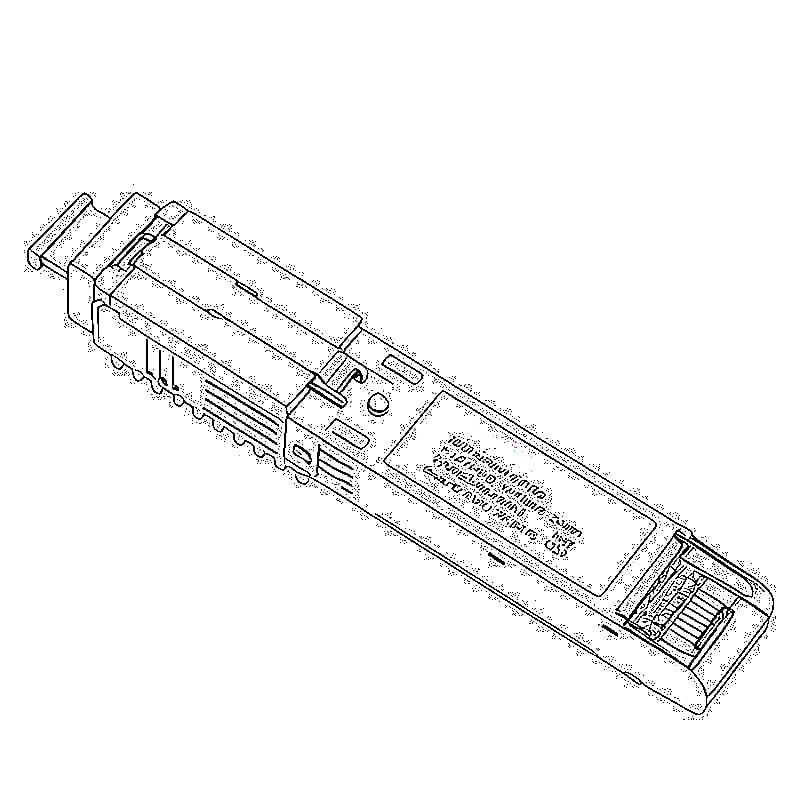





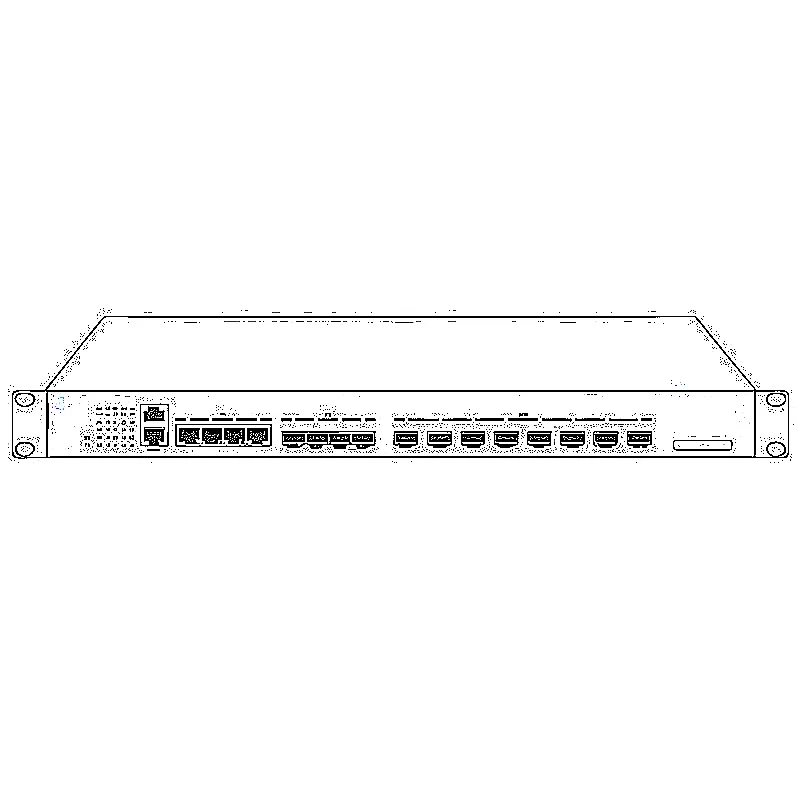










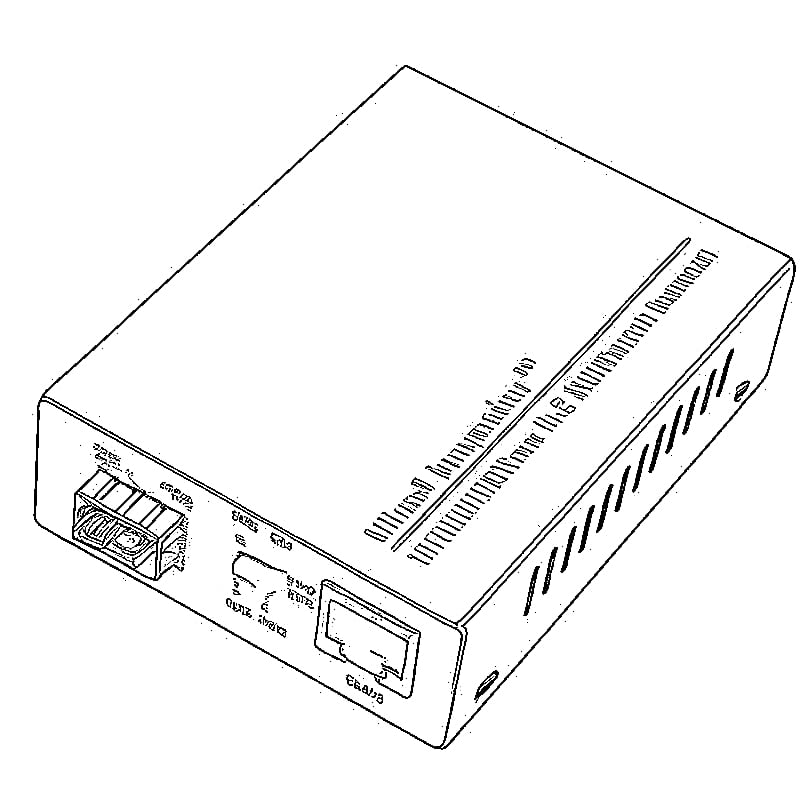







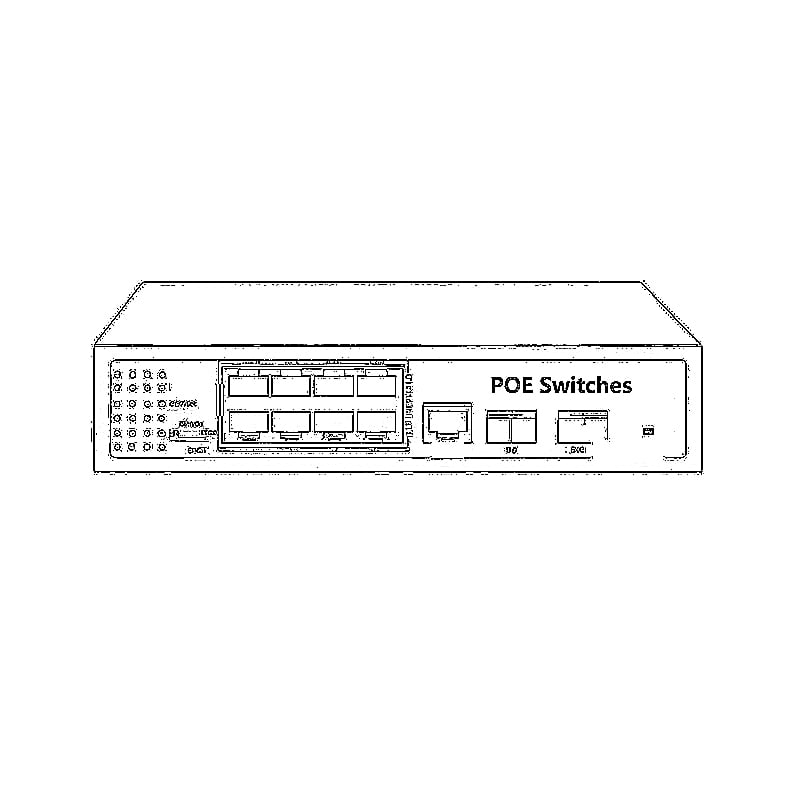



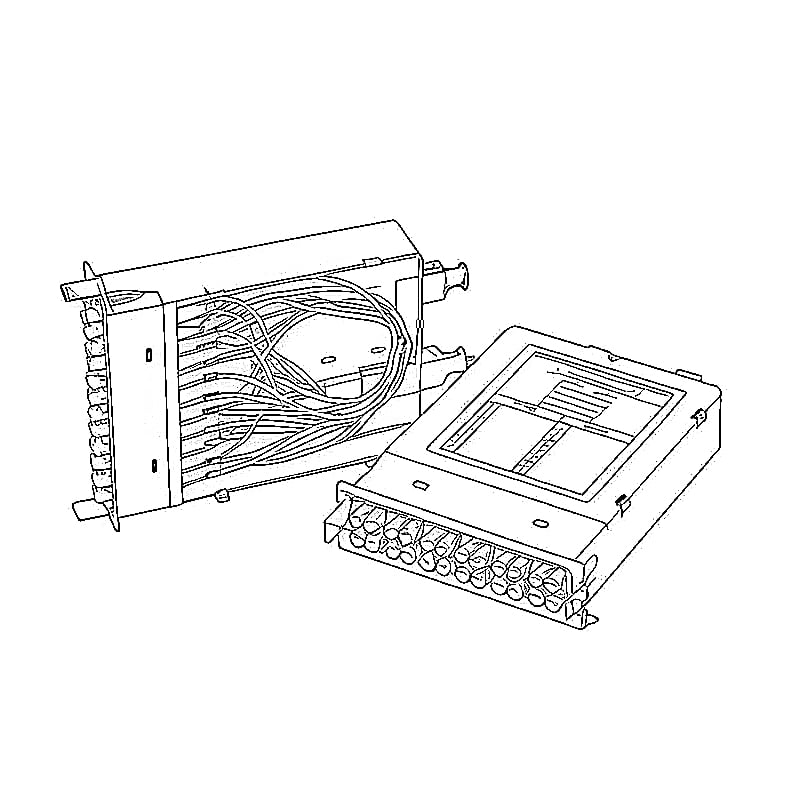


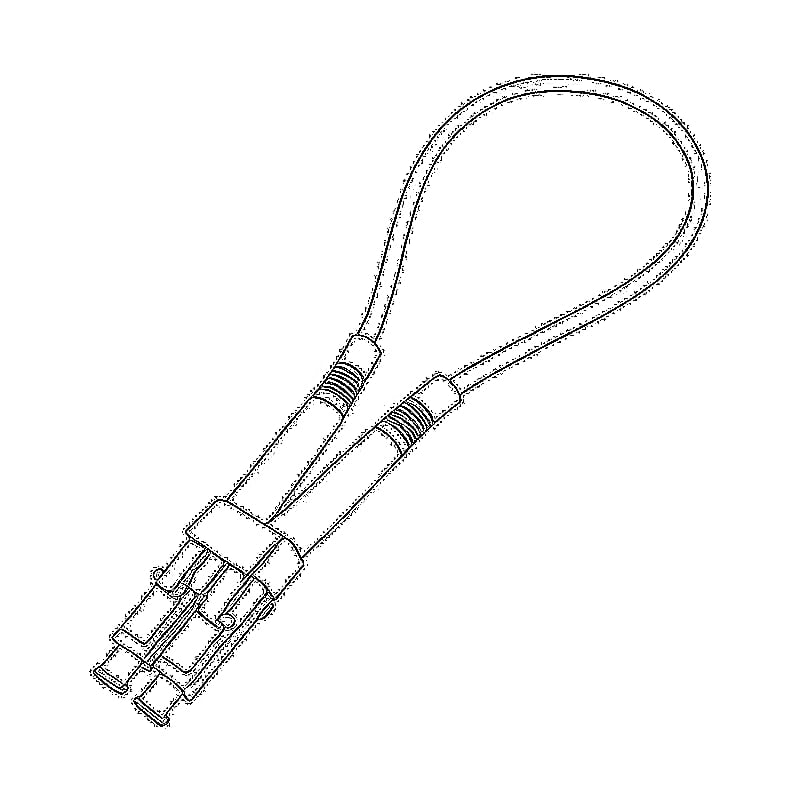


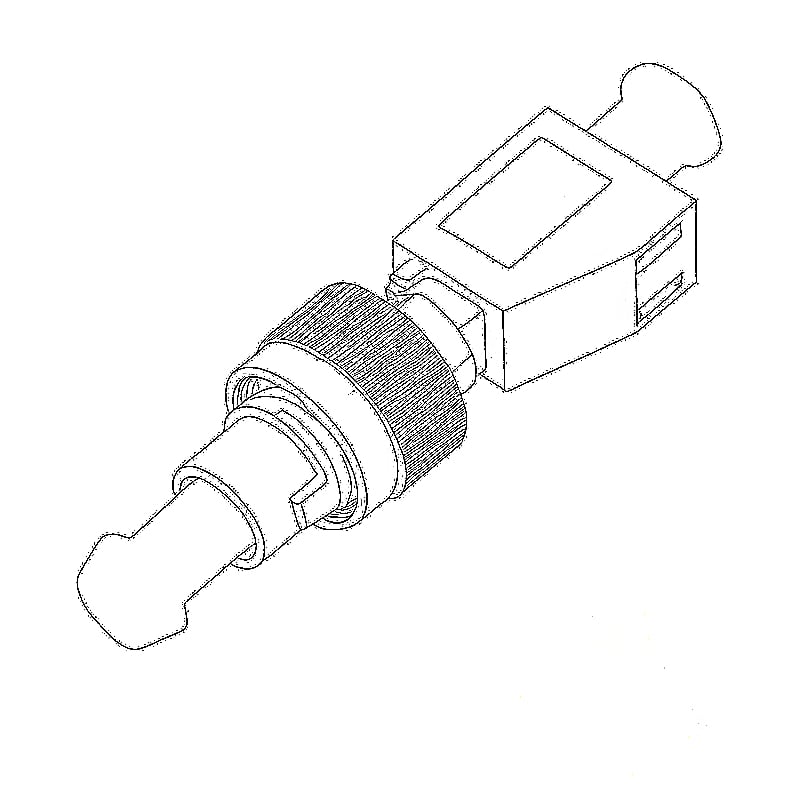





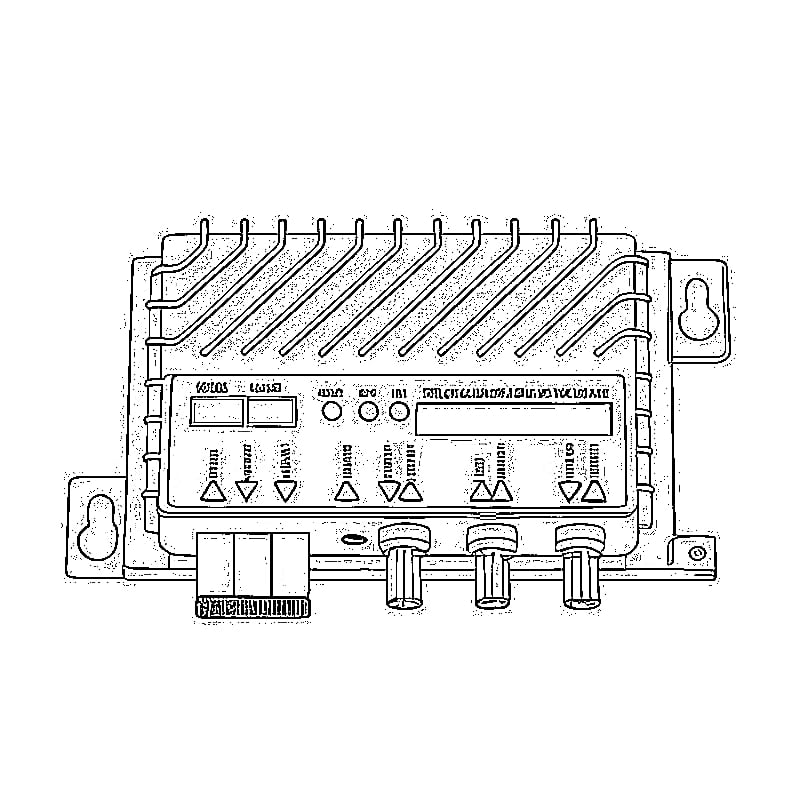



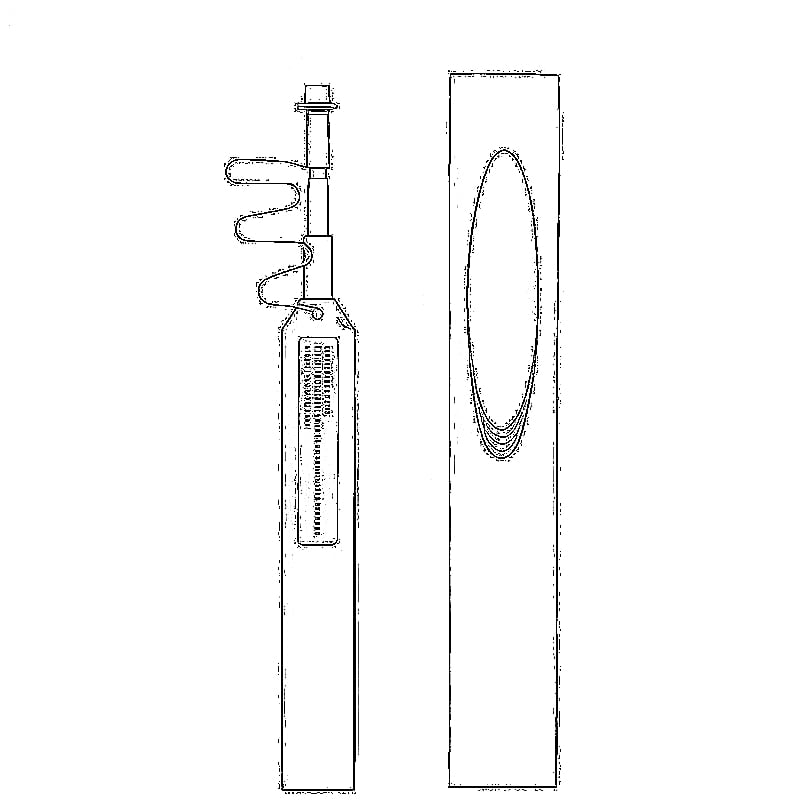






 SFP/SFP+ (1G/2.5G/5G/10G)
SFP/SFP+ (1G/2.5G/5G/10G) SFP-T (1G/2.5G/10G)
SFP-T (1G/2.5G/10G) AOC Cable 10G/25G/40G/100G
AOC Cable 10G/25G/40G/100G DAC Cable 10G/25G/40G/100G
DAC Cable 10G/25G/40G/100G QSFP28 QSFP+ SFP28 100G/40G/25G
QSFP28 QSFP+ SFP28 100G/40G/25G Copper to Fiber Media Converters
Copper to Fiber Media Converters Fiber Media Converter PCBA Board
Fiber Media Converter PCBA Board OEO Fiber Media Converters
OEO Fiber Media Converters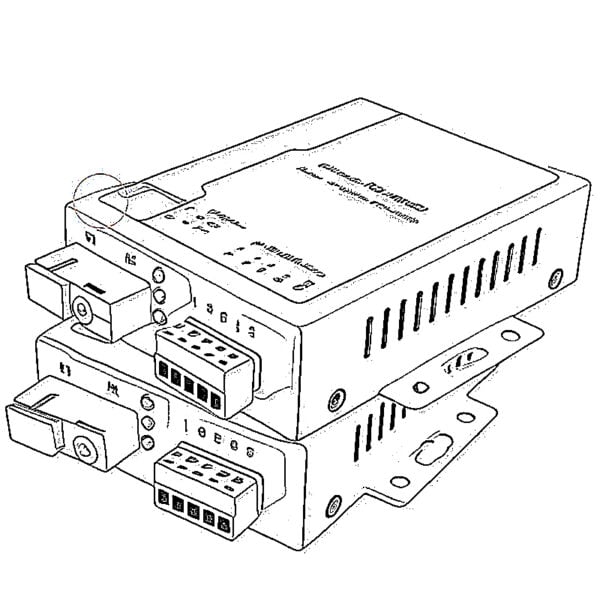 Serial to Fiber Media Converters
Serial to Fiber Media Converters Video to Fiber Media Converters
Video to Fiber Media Converters 1000M GPON/EPON ONU
1000M GPON/EPON ONU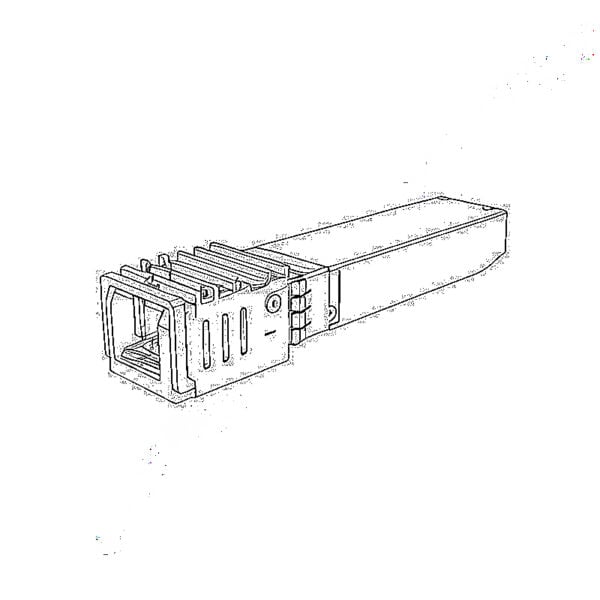 10G EPON ONU/XG-PON/XGS-PON
10G EPON ONU/XG-PON/XGS-PON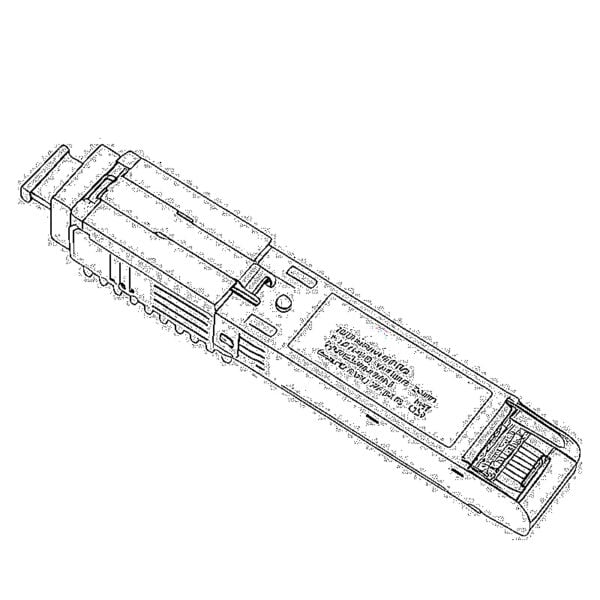 2.5G GPON/XPON STICK SFP ONU
2.5G GPON/XPON STICK SFP ONU POE GPON/EPON ONU
POE GPON/EPON ONU Wireless GPON/EPON ONT
Wireless GPON/EPON ONT EPON OLT
EPON OLT GPON OLT
GPON OLT SFP PON Module
SFP PON Module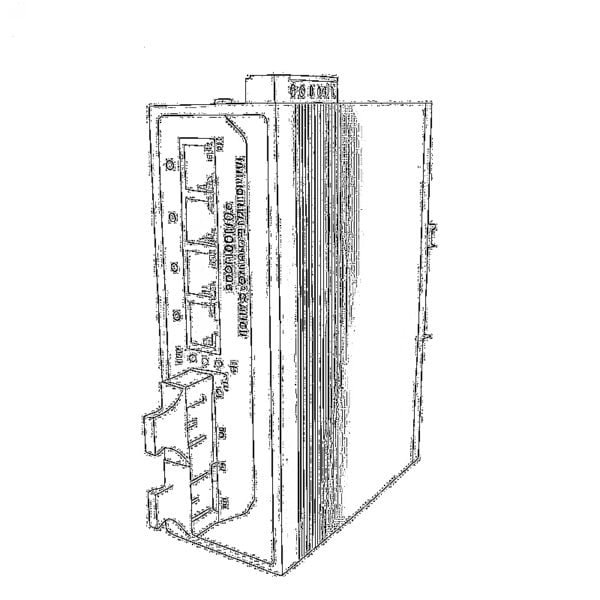 Industrial Switches
Industrial Switches Managed Switches
Managed Switches POE Switches
POE Switches Unmanaged Switches
Unmanaged Switches MTP/MPO Fiber Cables
MTP/MPO Fiber Cables Fiber Optic Cassettes
Fiber Optic Cassettes Fiber Optic Loopback
Fiber Optic Loopback Optic Cables and Fiber Pigtails
Optic Cables and Fiber Pigtails Optical Splitters and Splitter Box
Optical Splitters and Splitter Box Fiber Flange Connectors
Fiber Flange Connectors Optical Adapters
Optical Adapters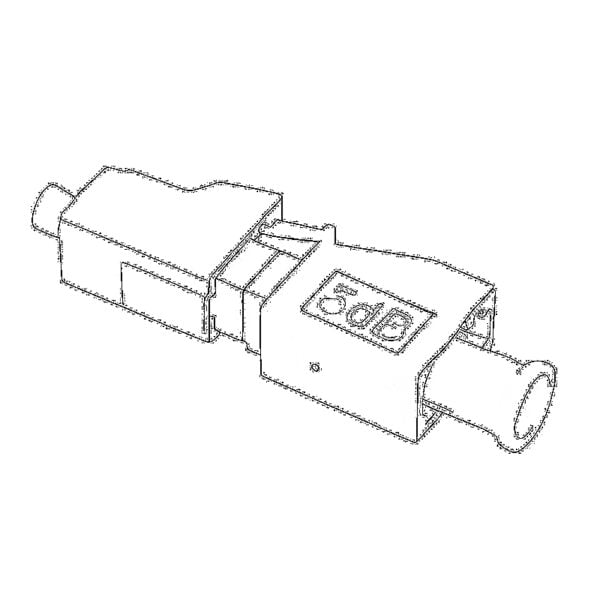 Optical Attenuator
Optical Attenuator Quick Connector and Connector Panel
Quick Connector and Connector Panel CATV Amplifier
CATV Amplifier CATV Optical Receiver
CATV Optical Receiver Visual Fault Locator
Visual Fault Locator OTDR
OTDR Optical Power Meter
Optical Power Meter Fiber Optic Identifier
Fiber Optic Identifier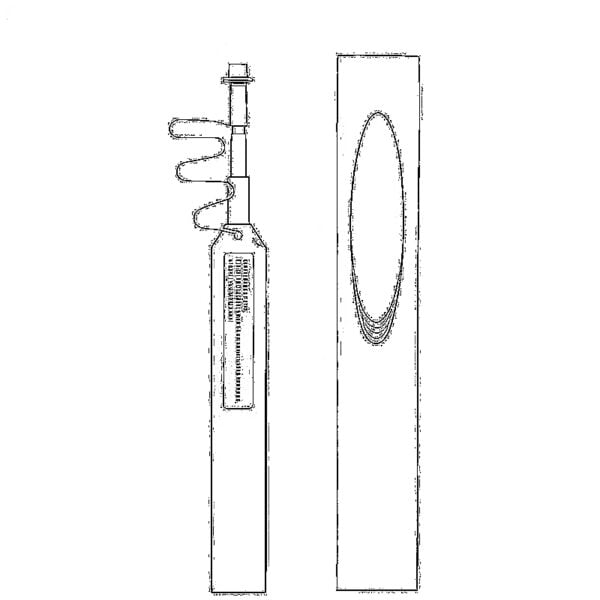 Fiber Optic Cleaners
Fiber Optic Cleaners Fiber Cleavers & Fiber Strippers
Fiber Cleavers & Fiber Strippers Copper Tools
Copper Tools